3 things I love about the new Xbox Series S and one upgrade it’s still missing
A new colorway and more storage are nice, but I wish Microsoft had changed this one thing too
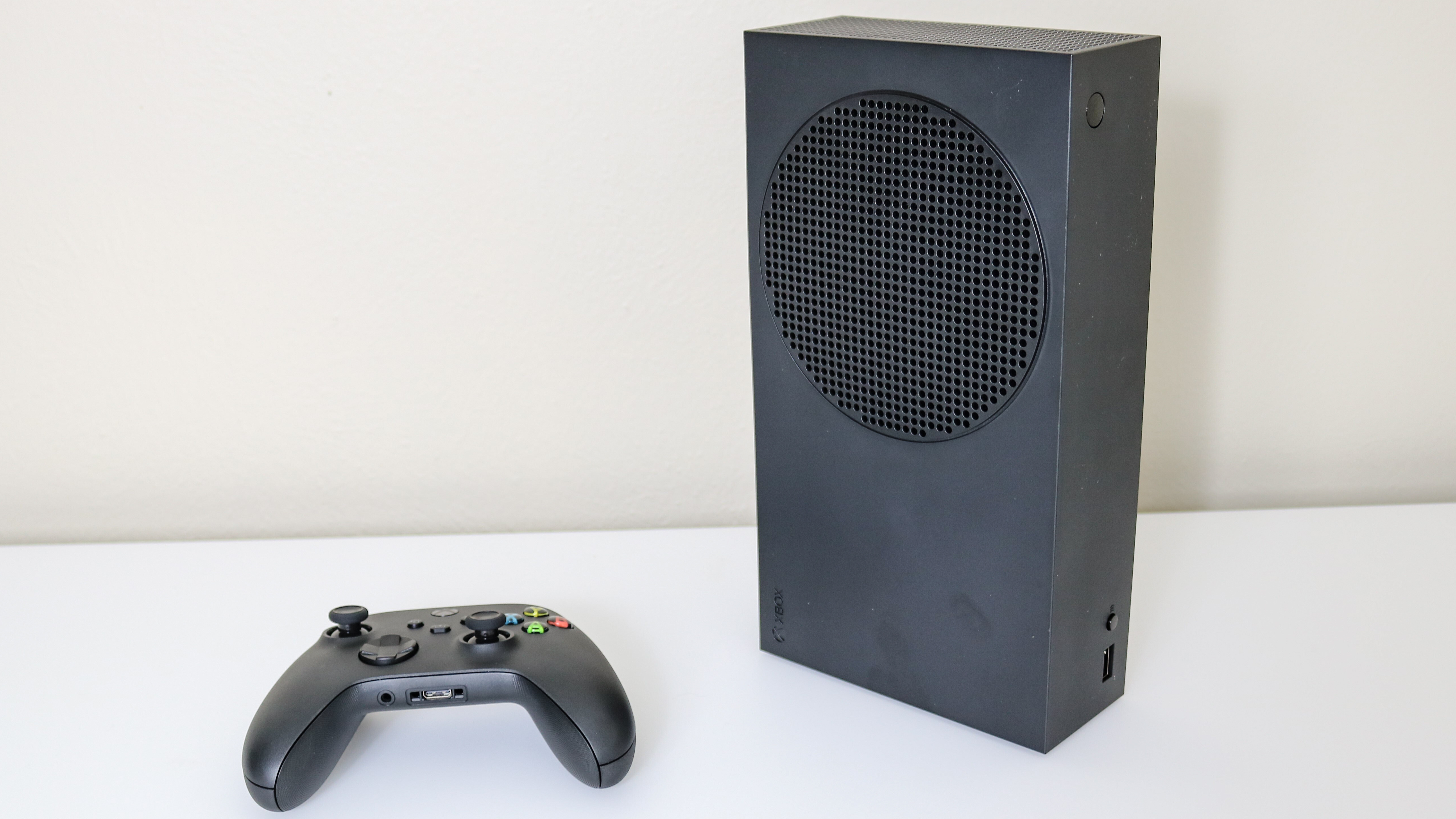
Unlike the Xbox Series X or the PS5, the Xbox Series S has remained somewhat of an outlier during this console generation — and for good reason.
While the Xbox Series S will always be underpowered when compared to its larger sibling, it was designed to provide a reasonably priced entry point into this latest console generation. It’s also the most compact Xbox Microsoft has ever made: if you place the console on its side, you'll find that Valve’s Steam Deck handheld is actually wider.
Back in the summer, I decided to pick up a Series S since I mainly game on my PC or on the Nintendo Switch and wanted an easy way to test out some of the best PC game controllers that are also compatible with Xbox. Although the portability and compact design of the Series S immediately won me over, the console has one serious shortcoming: its internal storage. With the operating system installed on the Series S’ 512GB SSD, you’re left with only 364GB of usable storage space. Besides this, the white and black of the Series S really makes this little console stand out.
If you’ve been wondering whether or not you should pick up a Series S and couldn’t quite come to terms with its smaller storage and two-tone colorway, you’re in luck as this month, Microsoft released a brand new version of the console. The all new Carbon Black Series S loses the white and black of the original Series S and bumps the built-in storage from 512GB to 1TB.
Microsoft sent over one for me to try out and while I’m still working on my review, here are 3 things I love about the new Xbox Series S and one thing I wish had been changed.
This Xbox's all-black design

It’s one thing to look at pictures but to truly appreciate what Microsoft has managed to accomplish here, you really need to see an Xbox Series S in person. The size difference between it and past Xbox consoles still surprises me and I had a similar feeling after unboxing the new, all-black Series S. Unlike the original Robot White console, its Carbon Black variant doesn’t stand out nearly as much and will likely blend in a lot better with the other devices on your desk or in your entertainment center.
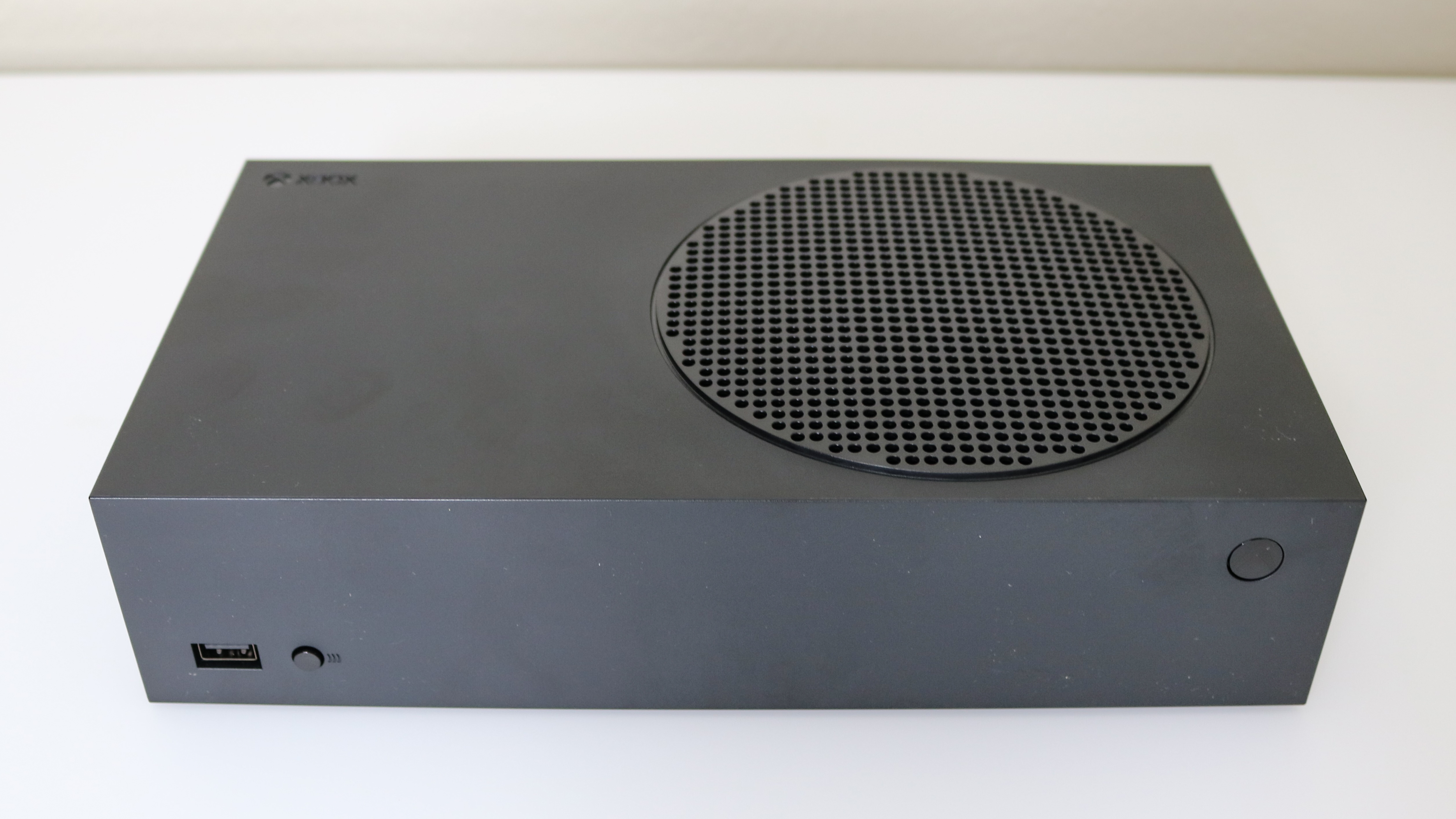
Although the new Series S is completely black, there’s a slight difference in the shades of black used for the console itself and its black fan vent. The fan vent is a darker black and has a semi-gloss look to it while the console’s case is lighter and has a matte finish. The Xbox logo is now also completely black when the Series S is powered off.
I know a new colorway isn’t the kind of thing that most people get this excited about but unlike with the Series X, there aren’t any official console wraps coming anytime soon for the Series S. In a way, this new Series S reminds me a lot of when the first white iPhone was released but in reverse.
The additional storage space

Up until now, Series S owners had to be quite selective when it came to which games were installed on their console, as they had only 364GB of storage space to work with. The challenge was even harder for Xbox Game Pass subscribers. With the new Series S though, you have 802GB of free storage space with the operating system installed just like on the Series X.
This bump in storage space will likely be the most welcome addition to the new Series S, especially at a time when newer games clock in at sizes of more than 100GB. For instance, Bethesda’s epic space RPG Starfield takes up 140GB on its own and this is quickly becoming the standard for larger next-gen games.
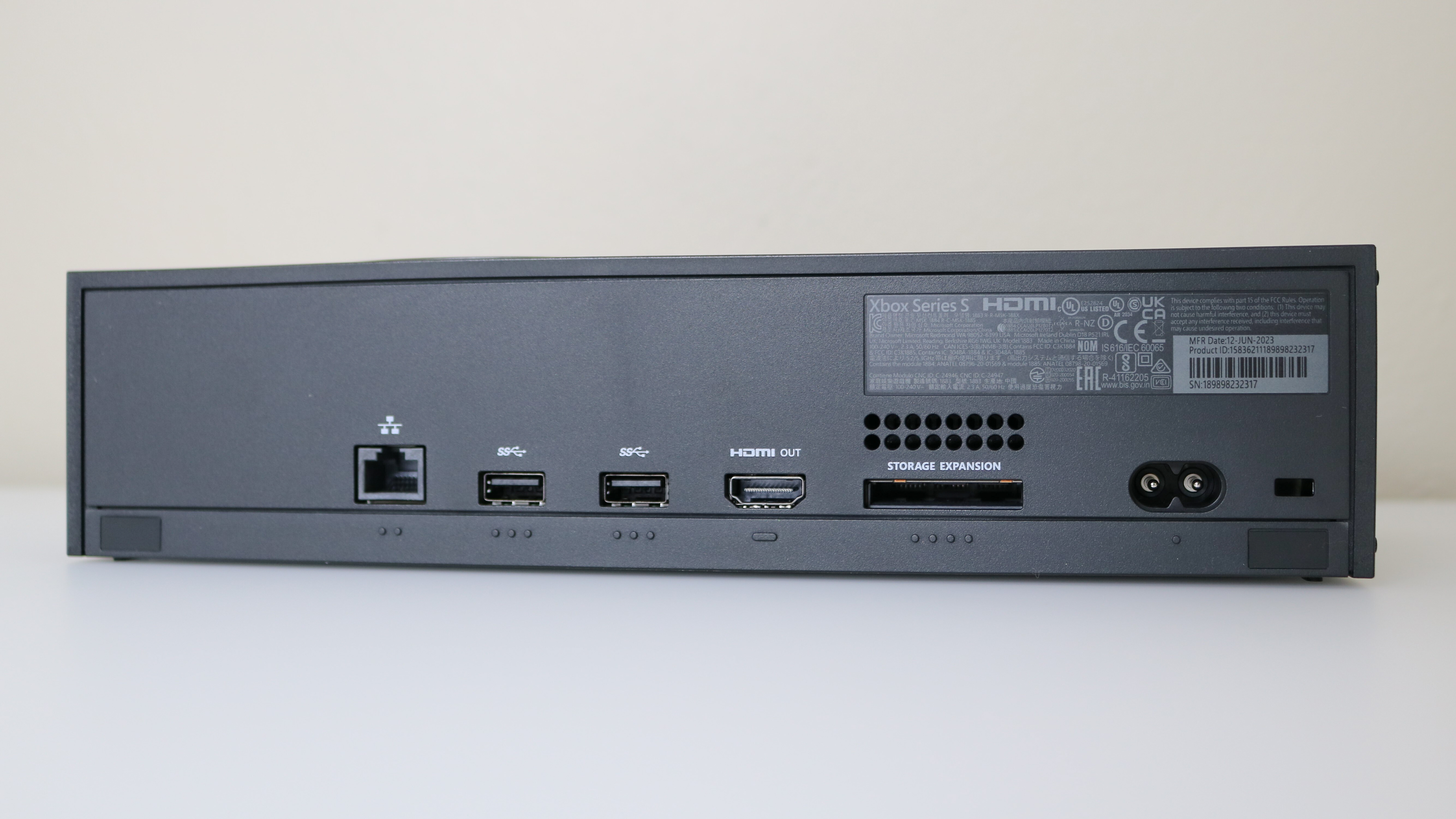
Just like with the original Series S, you still have the option of using one of Microsoft’s proprietary storage expansion cards. There’s a big benefit to choosing the new Series S over the original console though, as buying it along with a 500GB storage expansion card would cost you $380 while the Series S - 1TB is $30 cheaper at $350.
Compatibility with previous accessories
The new Series S isn’t a mid-gen console refresh or a smaller version of the console like the rumored PS5 Slim will be. Instead, it’s an upgraded Series S with more storage in a new colorway. This means that all of your existing Series S accessories will work if you do decide to upgrade from the original console.
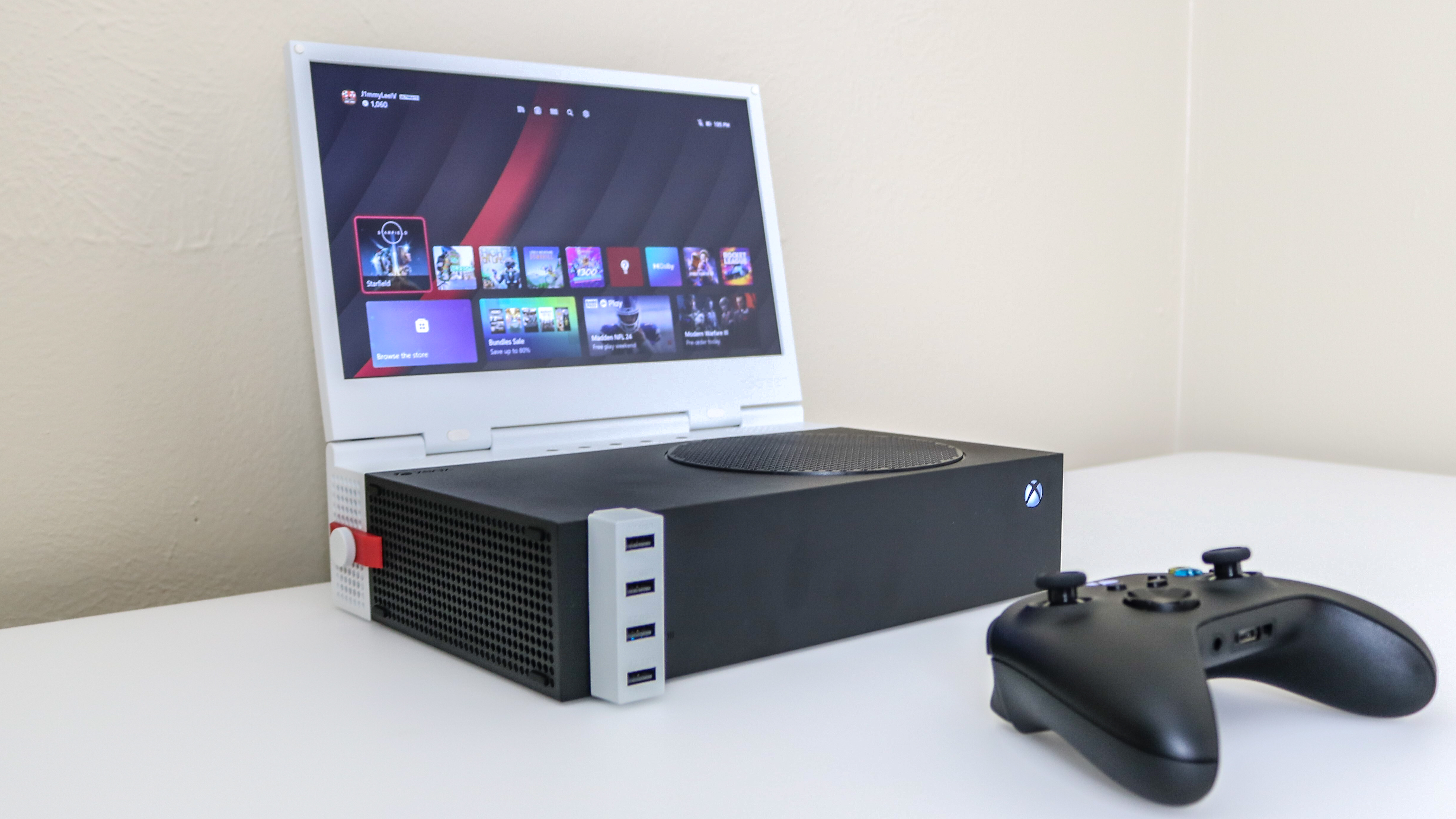
One of the things that drew me to the Series S in the first place was the accessories available for it, namely the portable monitors that turn the console into a quasi gaming laptop. In the picture above, I have UPspec Gaming’s xScreen attached to the back of the new Series S. What I really like about this monitor in particular is that unlike similar products from G-Story or Depgi, it doesn’t add any extra bulk to the console. You can also power this entire setup with just one cord, like I did during the summer when I played my Xbox in the desert.
The Series S is so small you can easily put it in a backpack and bring it with you to play at a friend’s house or hook it up to the TV in your hotel room. However, with the xScreen or a similar monitor and a portable power station, you can play your Xbox from anywhere. The one caveat with the xScreen though is that it uses the Series S USB ports for power which is why I have this USB hub ($16, Amazon) plugged in at the front.
While others might have preferred a mid-gen refresh of the Series S, I’m happy that Microsoft fixed one of the biggest gripes with the console without changing that much about it. However, there is one thing I wish it had changed.
No upgraded Wi-Fi
Despite the 2020 Xbox release date, Microsoft chose to outfit both the Series X and Series S with Wi-Fi 5 instead of with Wi-Fi 6 or even Wi-Fi 6E which arrived around the same time. This is one area in which the PS5 has a leg up on both Xbox consoles as it ships with Wi-Fi 6 support.
On a console with an optical UHD Blu-ray player like the Series X, this isn’t that big of a problem as you can still buy and then install games from physical discs. The Series S is an all-digital console which means you’re limited to Wi-Fi, though you can plug in an Ethernet cable since it also has a gigabit Ethernet port at the back. However, most people have their Xbox in their living room which is normally quite far away from one of the best Wi-Fi routers.
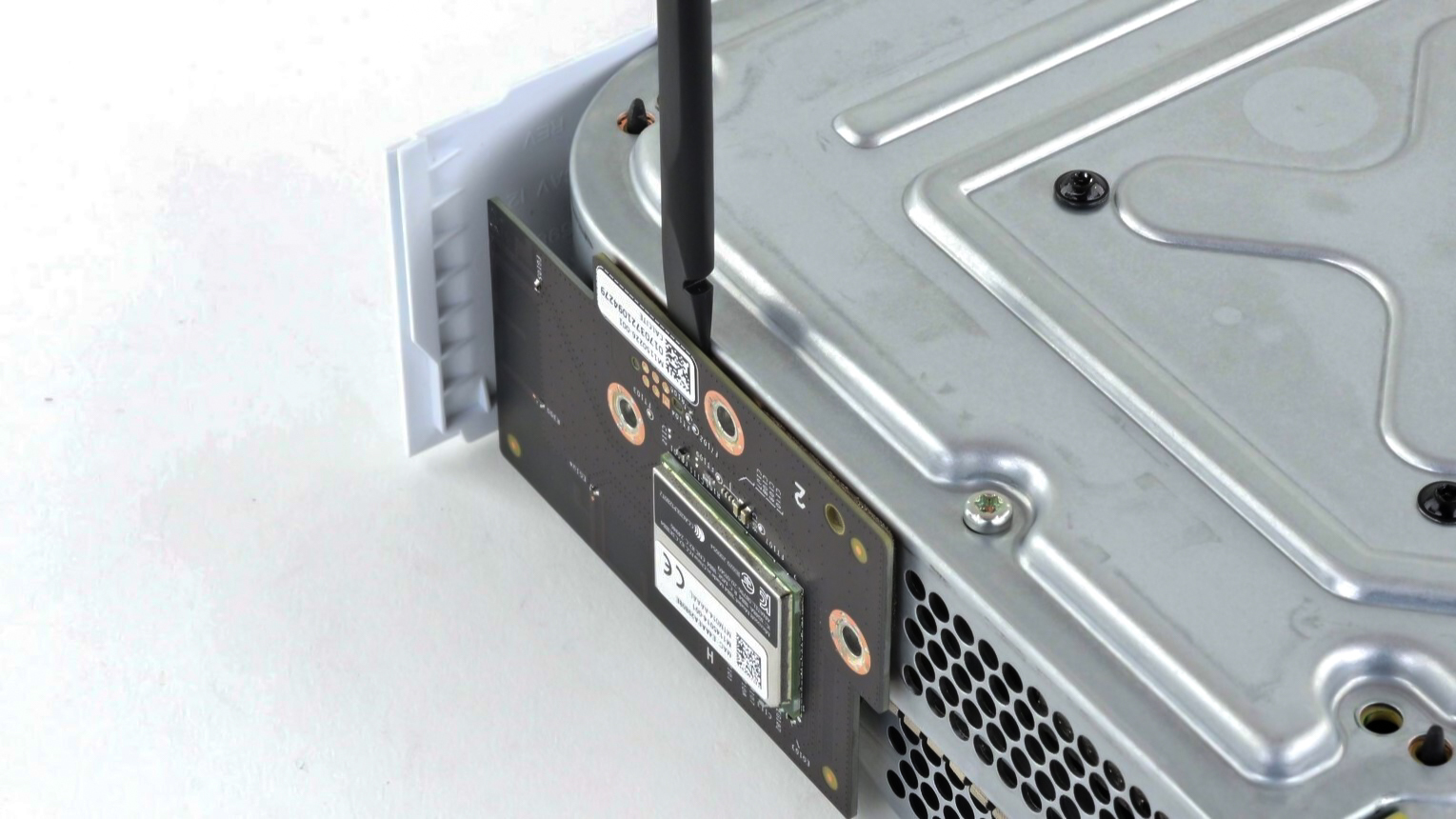
Alongside the larger SSD, Microsoft could have also upgraded the Wi-Fi chip in the new Series S without completely redesigning the console. In fact, after looking at a Wi-Fi board replacement guide for the Series S on iFixit, I know the company could have done just this as the console’s Wi-Fi chip is actually on the outside of the case as opposed to being soldered to its motherboard.
With games getting larger in size and multiplayer titles still as popular as ever, a Wi-Fi upgrade would have been a welcome addition to the new Series S. Hopefully, Microsoft doesn’t make the same mistake with its next Xbox.
Still the best next-gen value
If you want to play next-gen games like Starfield or other upcoming Xbox exclusives such as Fable and even the Elder Scrolls VI without having to upgrade your PC or buying the more expensive Series X, the Series S and especially the new Series S - 1TB is a great option. The Series S is the best next-gen value at the moment and despite concerns from some developers, Microsoft has said that it’s committed to continuing to support its pint-sized Xbox for the duration of this console generation.
The extra storage space and the all black colorway of the new Series S are great additions to the console and as we saw last year, there could be some great deals on this new version of the console come Black Friday. If you’re itching to play Starfield, are new to Xbox or want to get back into gaming like many did with the Nintendo Switch, $350 is a reasonable price for everything the Series S offers, especially when you pair it with Xbox Game Pass.
More from Tom's Guide
Sign up to get the BEST of Tom's Guide direct to your inbox.
Get instant access to breaking news, the hottest reviews, great deals and helpful tips.

Anthony Spadafora is the managing editor for security and home office furniture at Tom’s Guide where he covers everything from data breaches to password managers and the best way to cover your whole home or business with Wi-Fi. He also reviews standing desks, office chairs and other home office accessories with a penchant for building desk setups. Before joining the team, Anthony wrote for ITProPortal while living in Korea and later for TechRadar Pro after moving back to the US. Based in Houston, Texas, when he’s not writing Anthony can be found tinkering with PCs and game consoles, managing cables and upgrading his smart home.
